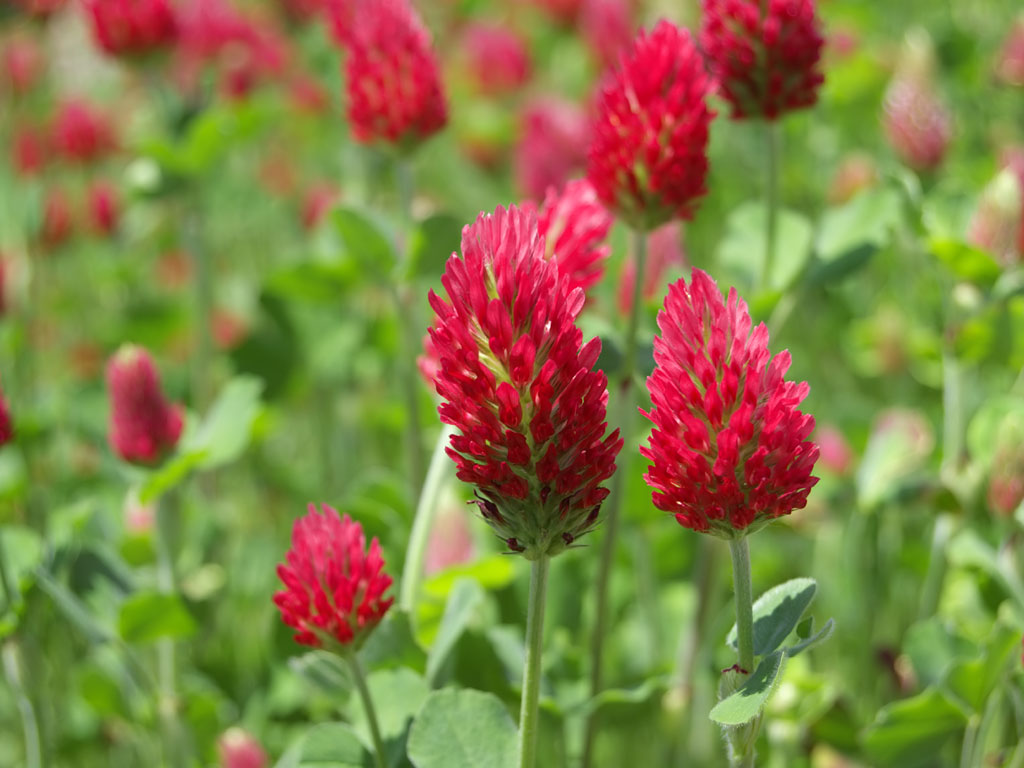Hi friends, I am really surprised for the ancient days farming where no chemicals but the plants were growing very well without using any chemical fertilizers and pesticides. I enquired with some old aged people, they said about the importance cow dung, cows urine, compost, lime, pulses, and so many. By keeping the reference of those ideas I started surfing in the internet about the natural farming. Surfing through the internet i found the website of subash palekar which made be interested and like to share his ideas in my blog. Here is the explanation of the Bijamrita and its preparation and all the credits goes to subash palekar.
Since thousands of years, our farmers were treating their seeds by Local cow urine, cow dung and little soil from the bund of the farm or land of the farm. This was the traditional method and also a totally scientific method. But, after the arrival of Agricultural Universities, all good things in Agricultural sector were destroyed and all unnatural and so unscientific techniques were imposed on the farmers and indirectly on the urban consumers. Agricultural Universities propose you now all dangerous poisons for seed treatment. When you apply any poisonous fungicides or medicines to the seed, all useful effective (our friends) microorganisms are destroyed in the soil. When these poisonous chemicals treated seeds germinate and grow, these poisons are also sucked by the roots with the soil water solution and are deposited in the body organs of the plant i.e. vegetables, grains, fruits, tubers etc. When we eat these produce, these poisons are transmitted to our body and causes T. B., Diabetes, Cancer, Heart problems to the eater consumers. As well as, when farmers purchase these fungicides & medicines for seed treatment, a big exploitation of the farmers occurs. Now we are going to stop this nonsense. We are going to start our ancient techniques. On that ancient technique, I have done some additional experiments. Because of highly poisonous soil, it was needed. After those research experiments, final seed treatment formula was ready to hand over for farmers. That is ‘Bijamrita’.
Take 20 liter Water, 5 Kg Local Cow Dung, 5 liter Local Cow Urine, 50 Gram Lime & Handful soil from the bund of the farm.

Take 5 Kg Local Cow Dung in a cloth and bound it by tape. Hang this in the 20 Liter water up to 12 hours.

Take one liter water and add 50 gm lime in it, let it stable for a night.

Then next morning, squeeze this bundle of the cow dung in that water thrice continuously, so that all essence of cow dung will accumulate in that water.

Then add a handful of soil in that water solution and stir it well.

Then add 5 liter Deshi cow urine or human urine in that solution & add the lime water and stir it well.

Now Bijamrita is ready to treat the seeds.
How to use Bijamrita
Add Bijamrita on the spread seeds of any crops, treat these seeds well by hands, dry it well and use for sowing.

Since thousands of years, our farmers were treating their seeds by Local cow urine, cow dung and little soil from the bund of the farm or land of the farm. This was the traditional method and also a totally scientific method. But, after the arrival of Agricultural Universities, all good things in Agricultural sector were destroyed and all unnatural and so unscientific techniques were imposed on the farmers and indirectly on the urban consumers. Agricultural Universities propose you now all dangerous poisons for seed treatment. When you apply any poisonous fungicides or medicines to the seed, all useful effective (our friends) microorganisms are destroyed in the soil. When these poisonous chemicals treated seeds germinate and grow, these poisons are also sucked by the roots with the soil water solution and are deposited in the body organs of the plant i.e. vegetables, grains, fruits, tubers etc. When we eat these produce, these poisons are transmitted to our body and causes T. B., Diabetes, Cancer, Heart problems to the eater consumers. As well as, when farmers purchase these fungicides & medicines for seed treatment, a big exploitation of the farmers occurs. Now we are going to stop this nonsense. We are going to start our ancient techniques. On that ancient technique, I have done some additional experiments. Because of highly poisonous soil, it was needed. After those research experiments, final seed treatment formula was ready to hand over for farmers. That is ‘Bijamrita’.
Take 20 liter Water, 5 Kg Local Cow Dung, 5 liter Local Cow Urine, 50 Gram Lime & Handful soil from the bund of the farm.
Take 5 Kg Local Cow Dung in a cloth and bound it by tape. Hang this in the 20 Liter water up to 12 hours.
Take one liter water and add 50 gm lime in it, let it stable for a night.
Then next morning, squeeze this bundle of the cow dung in that water thrice continuously, so that all essence of cow dung will accumulate in that water.
Then add a handful of soil in that water solution and stir it well.
Then add 5 liter Deshi cow urine or human urine in that solution & add the lime water and stir it well.
Now Bijamrita is ready to treat the seeds.
Add Bijamrita on the spread seeds of any crops, treat these seeds well by hands, dry it well and use for sowing.
















